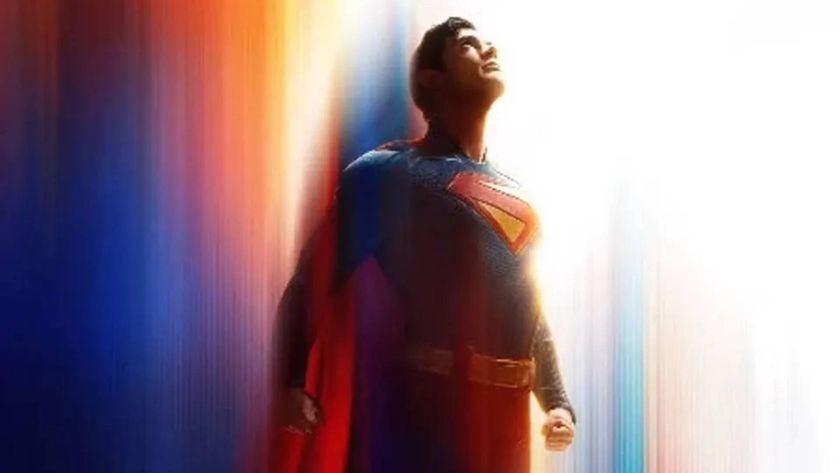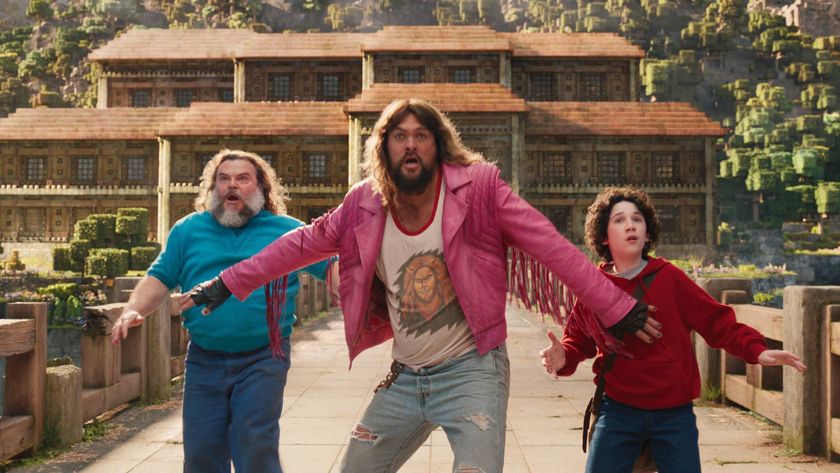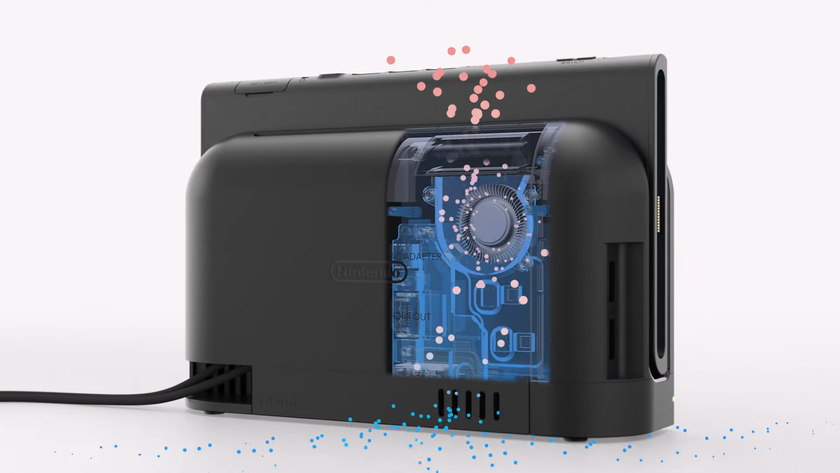30 Greatest Scorsese Film References
Marty’s film school is now in session…
The Band Wagon (1953)
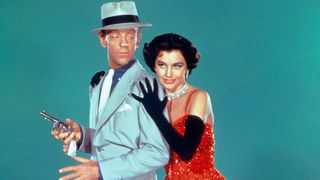
As Seen In: Raging Bull (1980)
The Shot: The style and editing of Vincente Minnelli’s musicals have been a major influence on Scorsese throughout his career (not least in New York, New York ) – but you wouldn’t expect Raging Bull to have anything to do with Fred Astaire… “I tried to follow [ Minnelli’s ] way of moving the camera and then I took it further,” explains Scorsese.
“In Band Wagon , the camera would track in on the band before the first cut, with no master shot, for 24 bars of music. Next, the camera would track at one angle for 12 bars, then another way for 12, and so on back and forth until this became a style. I matched it to the boxing scenes in Raging Bull , where every fifteen or twenty punches there was a different angle with no coverage”
The Great Train Robbery (1903)
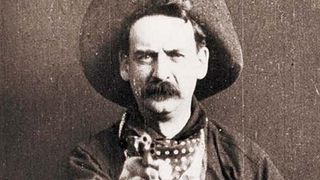
As Seen In: Goodfellas (1990)
The Shot: Marty’s most audacious reference goes right back to one of the first narrative movies ever made – the final shot of Edwin S. Porters silent Western, The Great Train Robbery .
“It came out of the tradition of outlaws,” says Scorsese, “in that movie these guys pull off this robbery, the police get them all and then somebody in the last shot fires a gun right into the camera. That’s why I have Joe Pesci firing a gun into a camera at the end of Goodfellas – it’s exactly the same story...”
Sign up for the Total Film Newsletter
Bringing all the latest movie news, features, and reviews to your inbox
